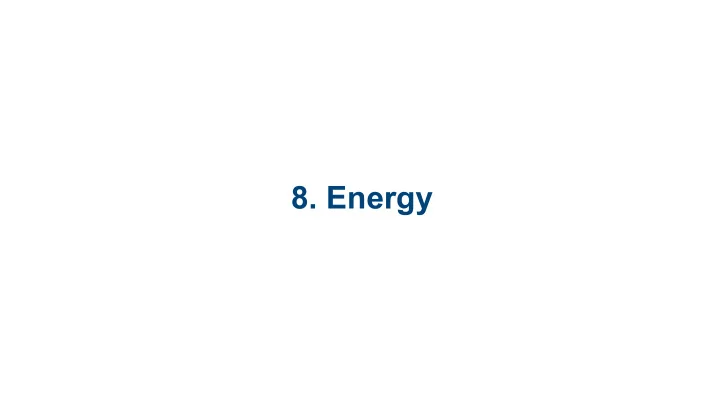

8. Energy
8.1 Electricity and Circuits 8.2 Electricity and Magnetism 8.3 Introduction to Waves
8.4 Sound and Light Waves 8.5 Sound Waves and the Doppler Effect
8.1 Electricity and Circuits
An electrical charge is electrons gathered on the surface of an object. When they are not moving, it is called static electricity. When attracted by a positive charge, the transfer of the electrical charge can cause a spark.
Electrons can flow through substances called conductors as an electrical current. Some materials, like most metals, are good conductors. Other materials, like plastic, rubber, glass, and wood are very poor conductors; they are called insulators.
An electrical current follows a path called a circuit; every circuit has 4 parts. 1) Source of charge, or voltage 2) A set of conductors 3) A load 4) A switch
A circuit may be closed, and have a continuous path for the flow of electrons. An open circuit has an inhibited flow of electrons due to the path being interrupted, either by a switch or disconnection.
Voltage is the electromotive force that pushes the electrons through the circuit. Amperage is the measure of the amount of current. Resistance is hindrance to a current, which can arise from a number of causes.
In a series circuit, there is only 1 path for the current to travel along. Linking them together in a series results in the total voltage of the circuit being equal to the sum of all of the voltages in each cell.
In a parallel circuit, there are multiple paths for the current to travel along. Linking them together in a series results in an increase in the total amperage of the circuit, with the current being equal to the sum of all of the currents in each cell.
8.2 Electricity and Magnetism
Magnetism is the ability of a substance to produce a magnetic field. Magnets can be temporary or permanent. Electromagnets are magnets that are electrically induced by wrapping metal coils around an iron core.
Magnets come in a large variety of shapes, sizes, and strengths. All magnets attract iron and have two poles . If suspended from a string, one pole points north, and one pole points south – a north magnetic pole and a south magnetic pole .
In our experiment, one end points north, one south. The earth has a core of iron, so it makes sense that is also acts like a huge bar magnet
Unlike poles attract, whereas like poles repel.
North and south poles always occur in pairs. Attempts to separate them result in more pairs of poles. If we continue to split the magnet, we will eventually get down to an iron atom with a north pole and a south pole—these, too, cannot be separated.
Magnets can be permanent - permanent magnets contain a natural magnetic element, like iron, nickel, and cobalt. Temporary magnets can be induced to carry a magnetic field. An electromagnet is created by wrapping wire coils around an iron core.
8.3 Introduction to Waves
Water can travel in waves …
A wave itself has no mass ; it is a movement or disturbance within a medium. There are two types of waves we will discuss.
A transverse wave causes particles to move up and down as the wave moves forward (perpendicular to the wave motion). Light waves and waves on the ocean travel in transverse waves.
A longitudinal wave causes particles to move back and forth as the wave moves forward (perpendicular to the wave motion). Sound waves and some earthquake waves travel in longitudinal waves.
8.4 Sound and Light Waves
Water can travel in waves …
Sound and light can also travel in waves! Even though waves have no mass, we can still discuss the features and parts of waves, using the terms wavelength, frequency, amplitude, trough, and crest.
Crest Wavelength ( λ ) Speed (v) Amplitude Trough
Frequency (f) – the number Speed (v) = of wavelengths that pass a Frequency (f) x Wavelength ( λ ) point in one second
Waves can be reflected if they hit a solid surface, or experience interference with another wave.
Sound travels in longitudinal waves. Changes in wave amplitude result in changes in volume; changes in frequency result in changes in pitch.
Light is considered to move in transverse waves , but light also has characteristics of a particle. The arrangement of the components of a light wave are identified in a spectrum. Visible light is in the middle of the electromagnetic spectrum.
Low Energy High Energy
Light moves in a straight line until it hits an object Diffraction – bending of light around an object Reflection – bouncing of light off of an object Refraction – change of direction of a wave passing from one medium to another
8.5 Sound Waves and the Doppler Effect
Doppler Effect
Recommend
More recommend